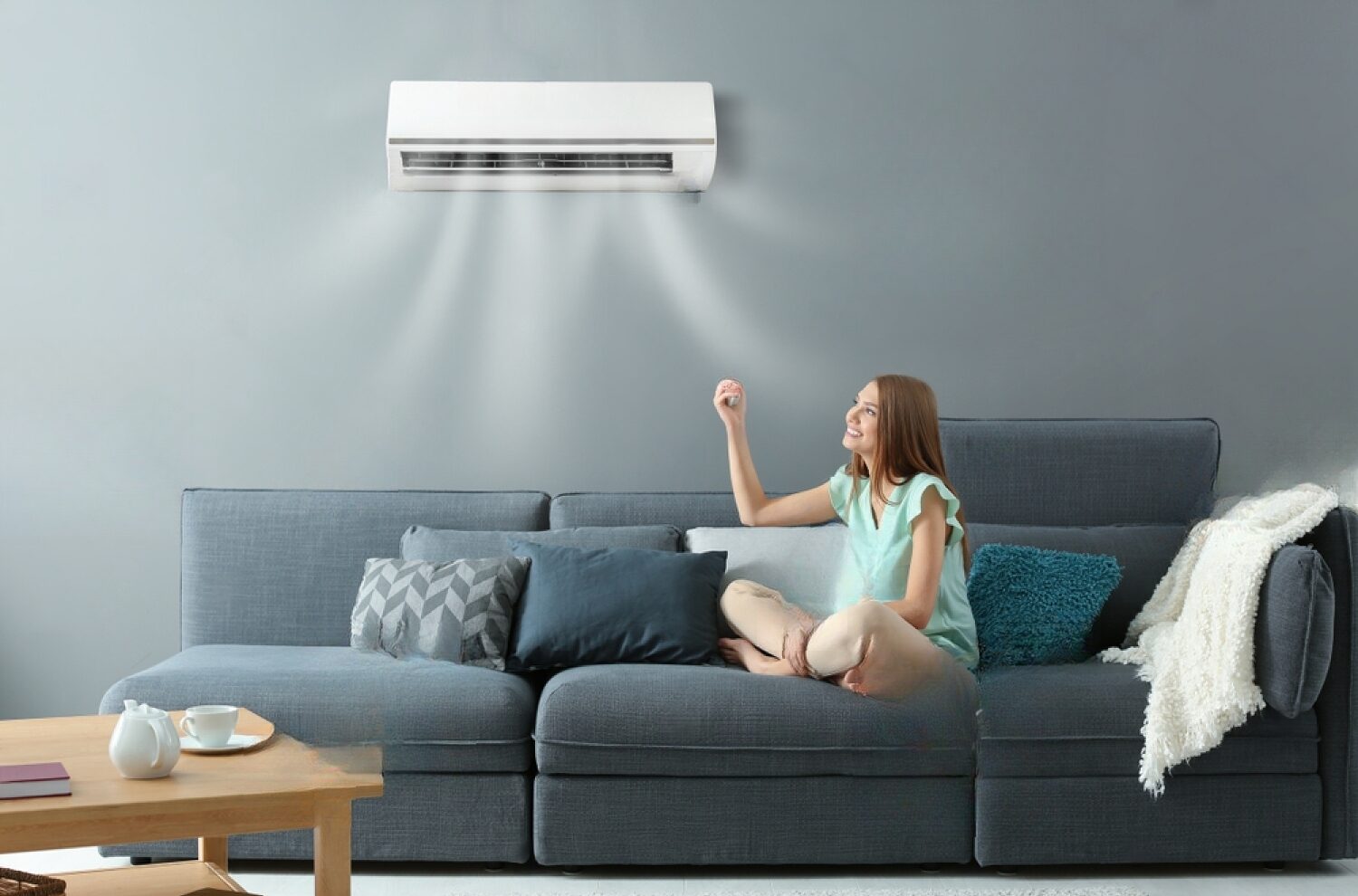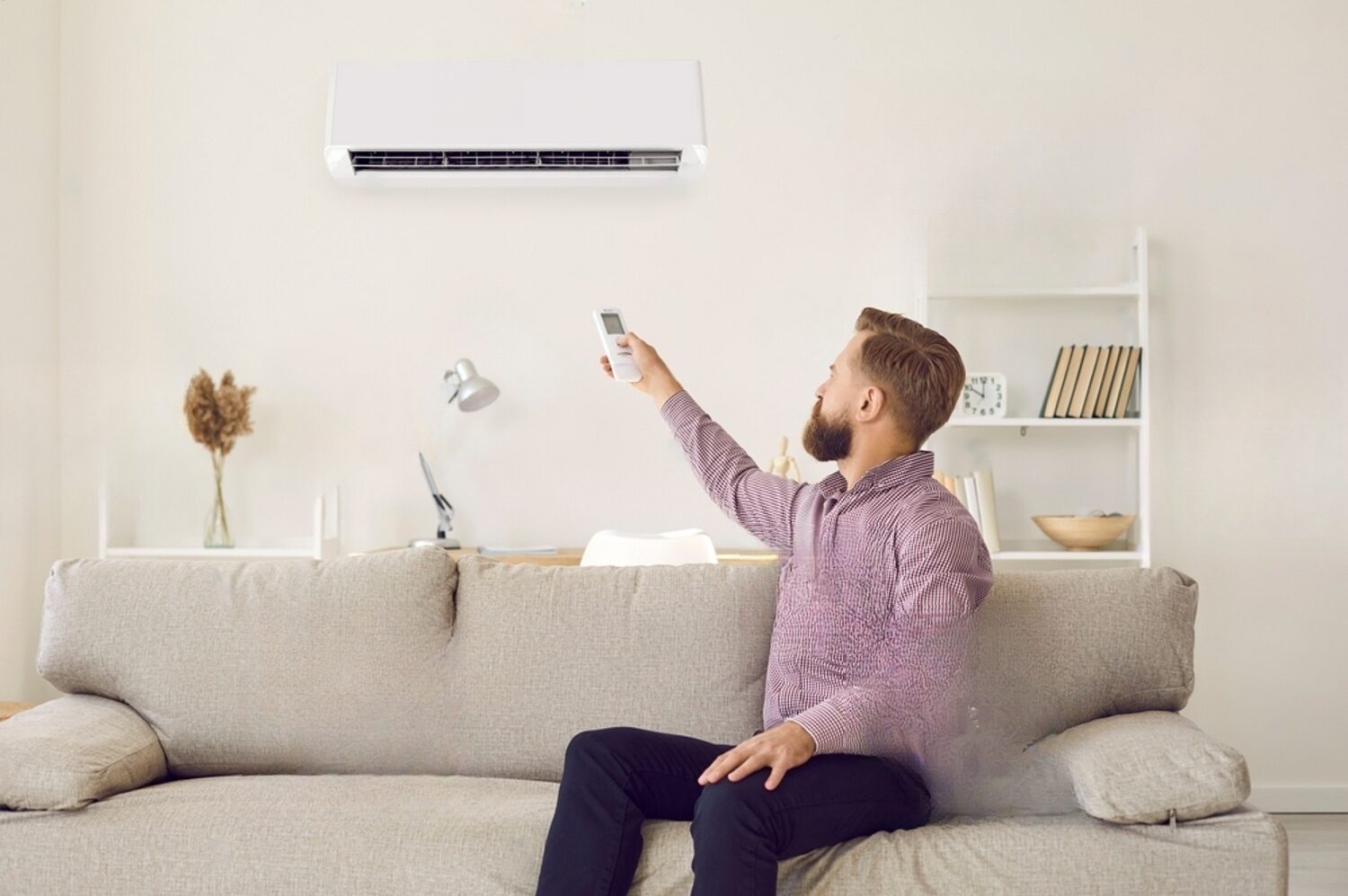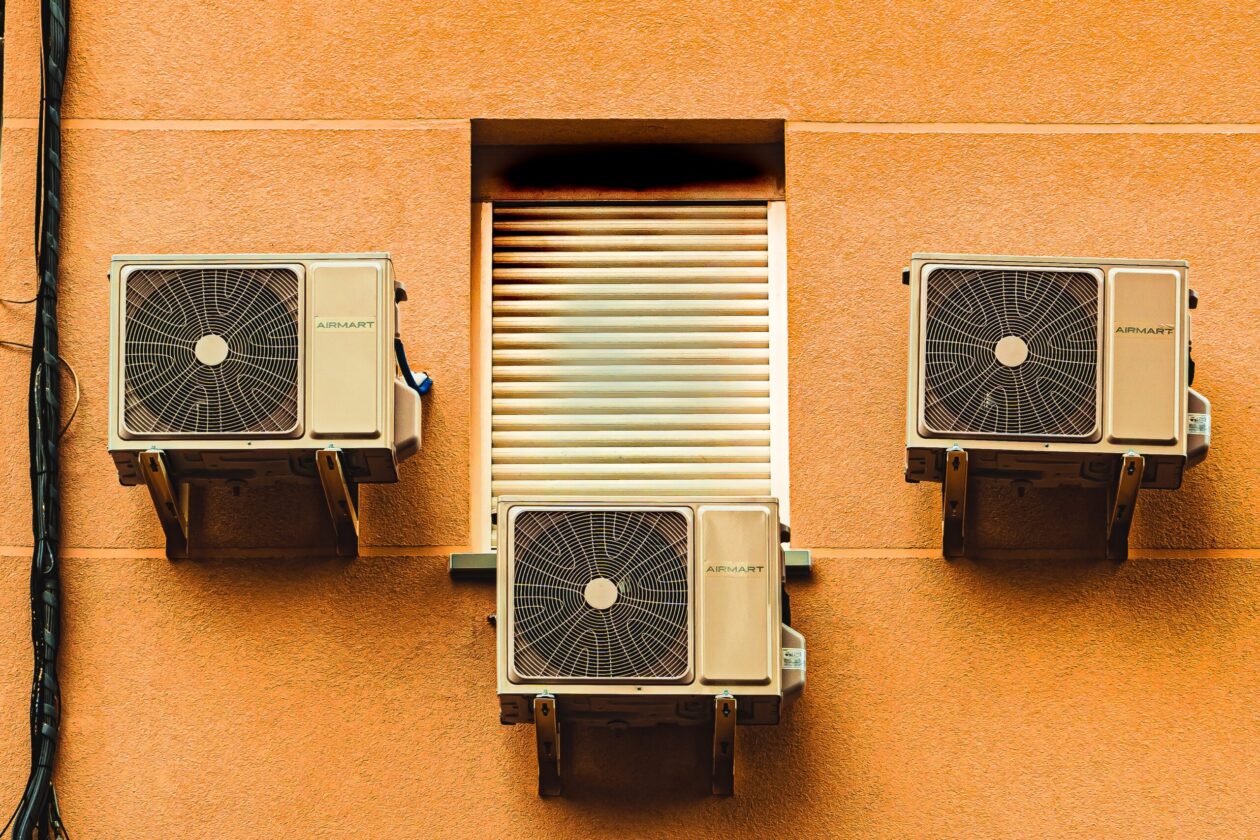When the scorching summer heat arrives, a malfunctioning air conditioner can be frustrating. If your window air conditioner is not blowing cold air, there are several components you can examine to identify and potentially repair the issue. In this blog post, we will explore some advanced techniques to troubleshoot and fix your air conditioner, ensuring you can enjoy cool and comfortable temperatures during the hot summer months.
Air Filter Maintenance
One of the most common causes of an air conditioner not blowing cold air is a clogged or dirty air filter. A dirty air filter restricts the airflow over the evaporator coils, leading to reduced cooling efficiency. Begin by locating the air filter behind the front grille. If it is dirty or clogged, clean or replace it as necessary. Additionally, if the evaporator coils are heavily soiled, gently clean them using soapy water and a soft brush.
Fan and Fan Motor Inspection
A properly functioning air conditioner relies on the fan to draw air over the cold evaporator coils, facilitating the cooling process. If the fan or fan motor is defective, it can hinder the airflow, resulting in insufficient cooling. To inspect the fan and motor, you will need to remove the cabinet. Check that the fan motor turns easily and that the blades are undamaged. If the motor is seized or the blades are damaged, they should be replaced. If the motor turns freely, it may still be faulty or not receiving power from the controls. In such cases, it is advisable to seek assistance from a qualified technician who can perform more advanced tests using a multi-meter.
Temperature Control Examination
The temperature control or thermostat is responsible for monitoring the incoming air temperature and regulating the compressor. A malfunctioning temperature control can disrupt the cooling process. Locate the sensing bulb attached to the control, which extends to the front of the evaporator coil. Check for any signs of a sharp bend, kink, or rupture in the sensing bulb. If any damage is found, replace the control. To further diagnose the control’s functionality, use a multi-meter to test its continuity by setting the dial to the lowest setting. Before condemning the control, ensure the sensing bulb is correctly positioned in the airflow through the evaporator coils.
Electronic Control Board or PCB Assembly Inspection
In some cases, the air conditioner’s control board, also known as the PCB, can be the culprit behind the lack of cold air. Along with a thermistor, the control board monitors the incoming air temperature and regulates the compressor accordingly. Begin by examining the thermistor for any signs of damage or corrosion before considering the control board as faulty.
Capacitor Evaluation
The compressor circuit of the air conditioner relies on a capacitor to initiate the compressor’s startup. If the capacitor fails, the compressor won’t start, and the fan will blow warm air. It is crucial to inspect the capacitor for any visible signs of damage. However, testing the capacitor requires specialized equipment, so it is advisable to consult a qualified professional. When replacing the capacitor, ensure that the new one has the same specifications as the original.
Thermistor Troubleshooting
If your air conditioner utilizes electronic controls, a faulty thermistor can disrupt the compressor’s operation. The thermistor is responsible for monitoring the incoming air temperature and sending signals to the main control board. Typically located near the evaporator coil, a damaged or corroded thermistor will fail to provide the appropriate signal to activate the compressor circuit. If any signs of damage or corrosion are present, it is recommended to replace the thermistor.
A malfunctioning air conditioner can be a significant inconvenience during hot summer days. By following these advanced techniques, you can diagnose and potentially repair your air conditioner when it fails to blow cold air. However, if you are unsure or uncomfortable with performing these troubleshooting steps, it is always best to seek professional assistance. Stay cool and comfortable by ensuring your air conditioner operates at its best efficiency.


